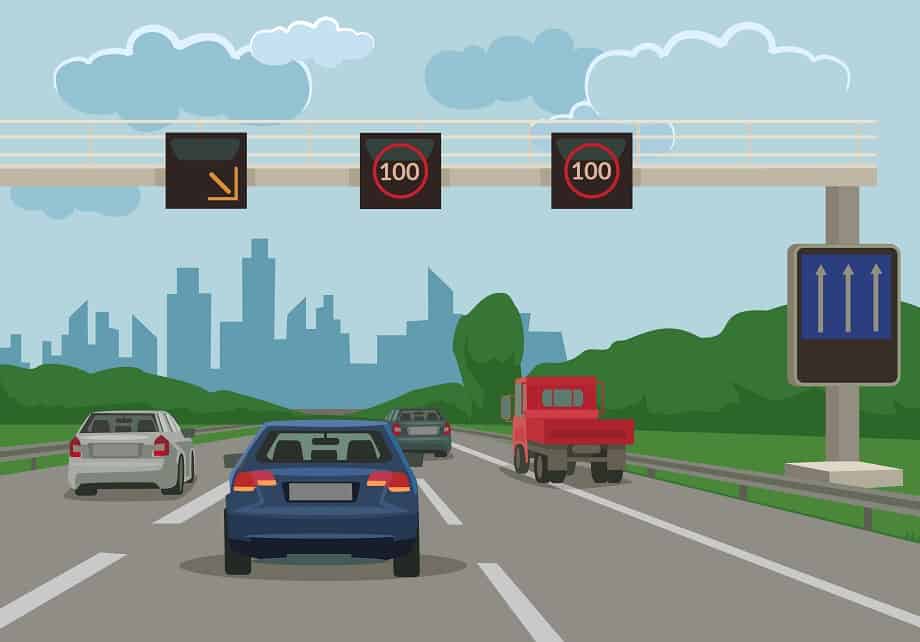Smart motorways have become increasingly popular over recent years -- and if you’re currently learning to drive, the odds are you’re going to encounter one once you’ve passed your test.
Traffic levels are continuing to rise across the UK, and smart motorways allow regional control centres to control the flow of traffic remotely. They help motorists to complete their journeys faster, and all of it is achievable without going through the arduous process of widening the motorway and adding a lane, or permanently sacrificing the hard shoulder.
How Do They Work?
You’ll usually find that overhead digital signs are more frequent on smart motorways. Examples of what they can indicate include whether lanes are closed or open, or if a lower speed limit is being enforced.
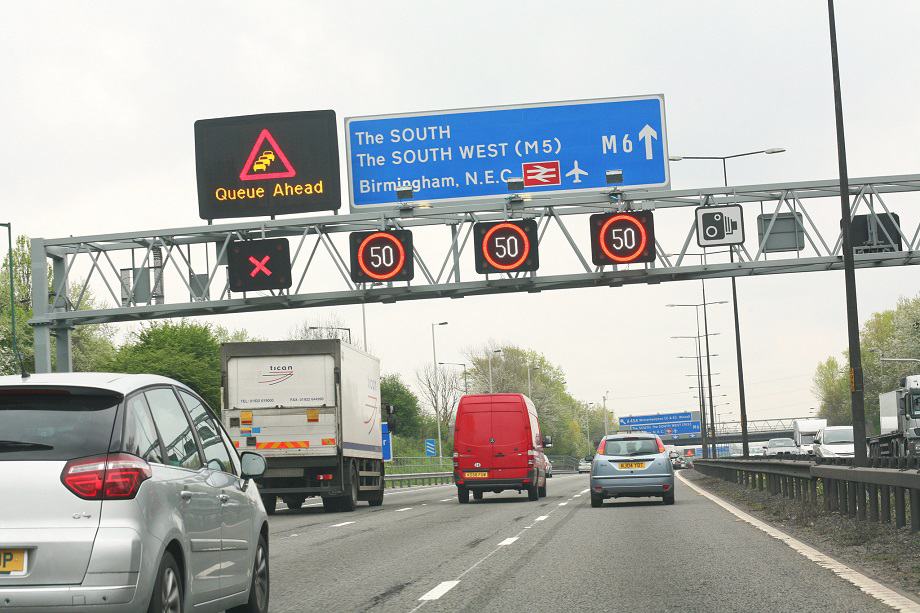
Smart Motorway at 50mph and closed hard shoulder (Highways England)
Although it may seem inconvenient when restrictions of 40mph or 50mph are in force, such measures can actually help alleviate jams and prevent stop-start traffic.
In some cases, only a stretch of a motorway will use smart technology.
During busy periods, it is possible that the hard shoulder will be opened up as an extra lane of traffic. However, you can rest assured that emergency refuge areas are still in force in the event of an accident, and you’ll find one every 1.5 miles (2.4km).
The Smart Motorway Signs You Need to Know
One of the main signs which will be displayed over lanes which motorists must take heed of is the red X. It’s so important that Highways England recently launched a campaign to make drivers aware of it.
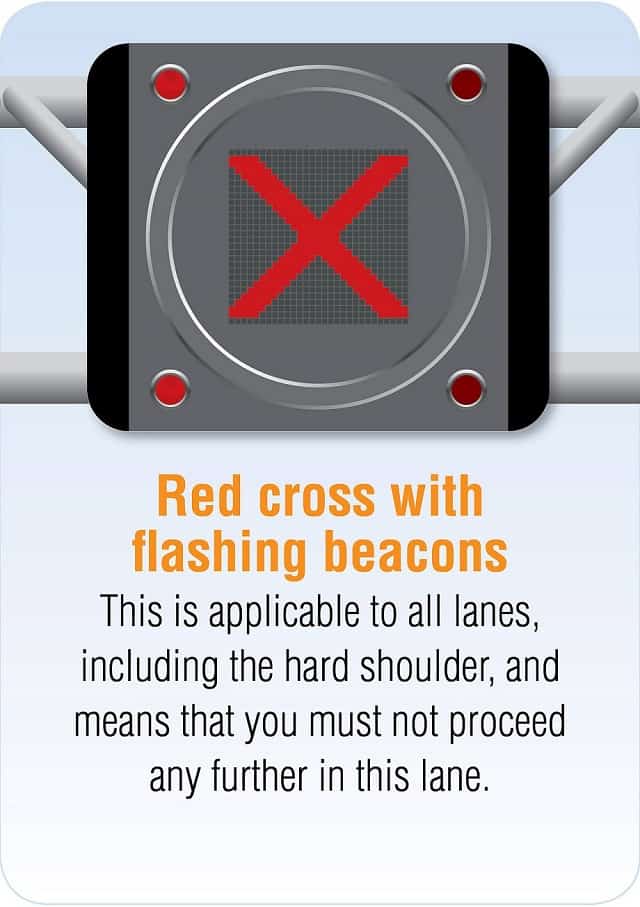
Change into another lane immediately (Highways England)
As smart motorways are usually monitored by cameras, anyone who fails to do so could face a £60 fine, three penalty points, and even prosecution.
The red X is typically deployed following an accident, or to clear a lane so emergency services can have easy access.
If speed restrictions on the overhead signs are displayed in a red circle, it means they are mandatory. Breaking these limits is illegal and could result in fines. If no speed limit is displayed, you can travel at the national limit on motorways, which is 70mph.
Unlike convention speed cameras which are yellow, harder-to-see grey cameras will be looking out for people who speed beyond 70mph. You could face a £100 fine and three points on your licence if caught.
When it comes to road markings, a solid white line will be used to indicate the hard shoulder. Make sure that you don’t use this lane unless overhead signs clearly direct you to do so.
What Should You Do in an Emergency?
If your car breaks down, you should attempt to leave the smart motorway immediately. However, in cases where this isn’t possible, try to pull over into the nearest emergency refuge area. These are marked with blue signs which feature an orange SOS icon.
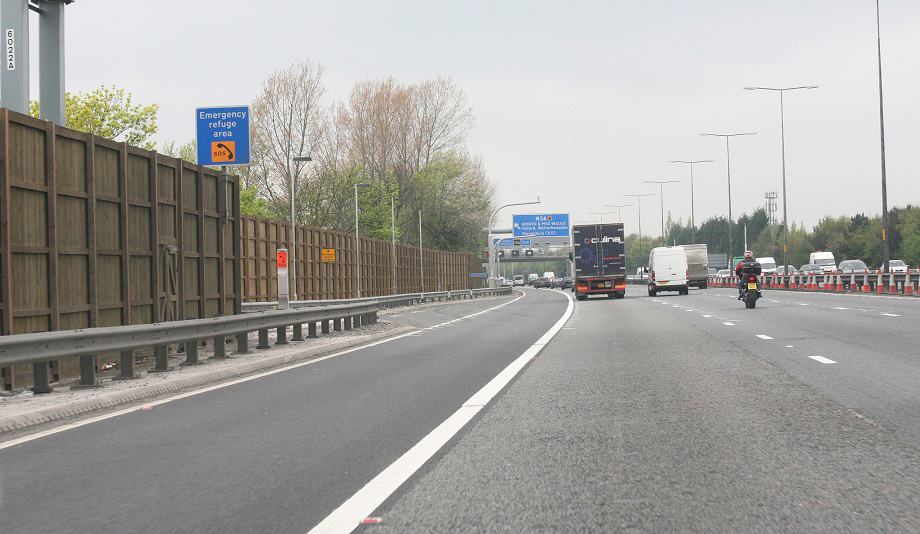
On the left is one of M6 emergency refuge areas with a phone (Highways England)
Every emergency refuge area on a smart motorway is equipped with a phone where you can directly contact your local highways agency for free. They will then ask a traffic officer to travel to the scene and assist you, and may close lane one (the hard shoulder) so you’re able to safely return to fast-moving traffic in the other three lanes.
Where a hard shoulder is not available and you cannot reach the next emergency refuge area, the Government advises that you should switch on your hazard lights and pull up as close as you can to a nearside verge on your left.
Try to evacuate the vehicle as quickly as you can, and all passengers including the driver should exit on the left-hand side. If one is available and it’s safe to do so, everyone should wait behind a safety barrier until breakdown services or the emergency services arrive.
If you remain exposed to traffic, call 999 straight away.
Do Smart Motorways Actually Work?
Research from Highways England suggests smart motorways have proven extremely effective, as congestion costs the economy about £2bn every year.
Way back in 2006, a trial scheme on the M42 found that journey reliability had increased by more than 20% after the smart motorway was introduced -- and because of the variable speed limits being enforced, accidents which caused injuries were reduced by more than 50%. Better still, the accidents were less severe, with fewer serious injuries and no fatalities whatsoever during the trial period.
There is even an environmental case for smart motorways.
Unfortunately, the one major downside of their rollout is that roadworks are required on motorways to furnish them with the technology needed to make them “smart”.
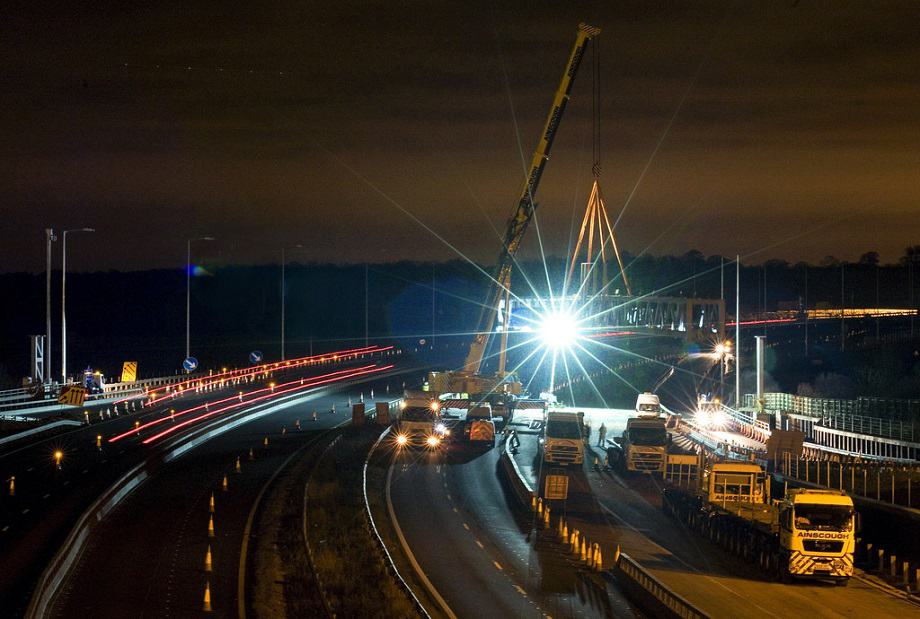
M25 Gantry Installation with lane closures at night (Highways England)
As such, if one is about to make its way to your region, you may find the motorways affected suffer frequent closures at night, with fewer lanes and temporary safety barriers being imposed. It’s short-term pain for long-term gain.
